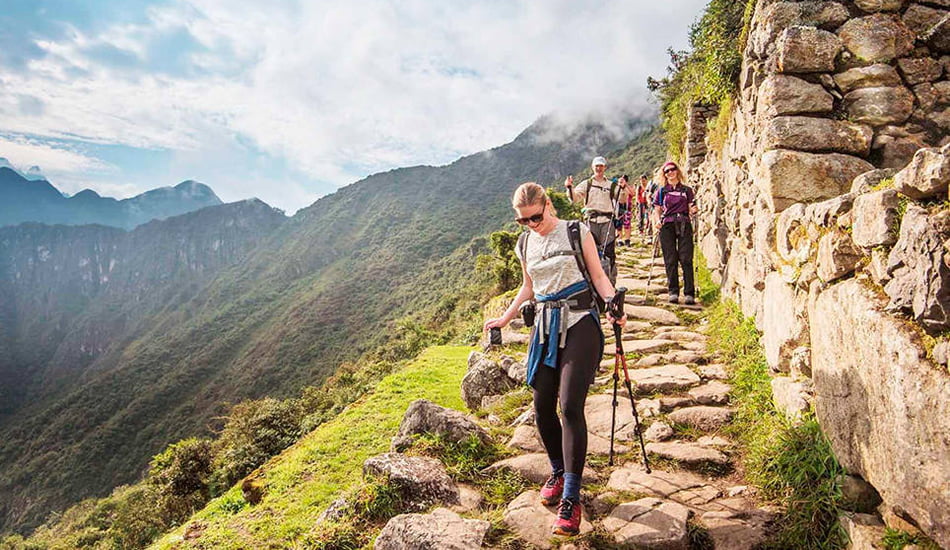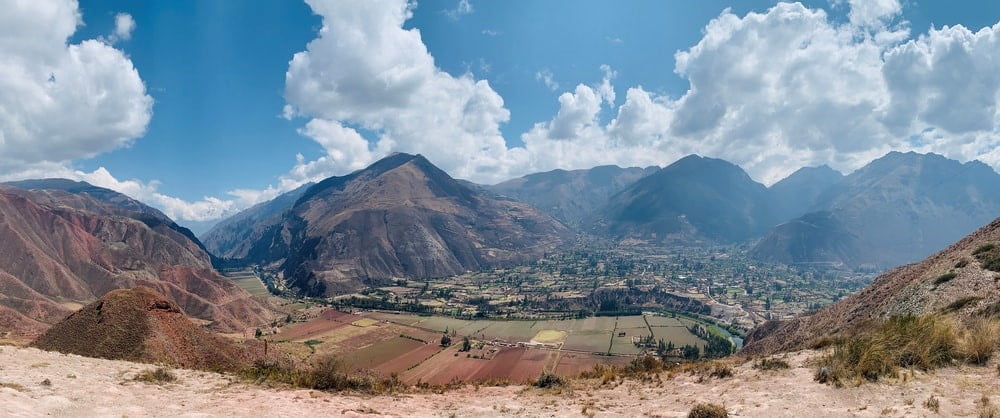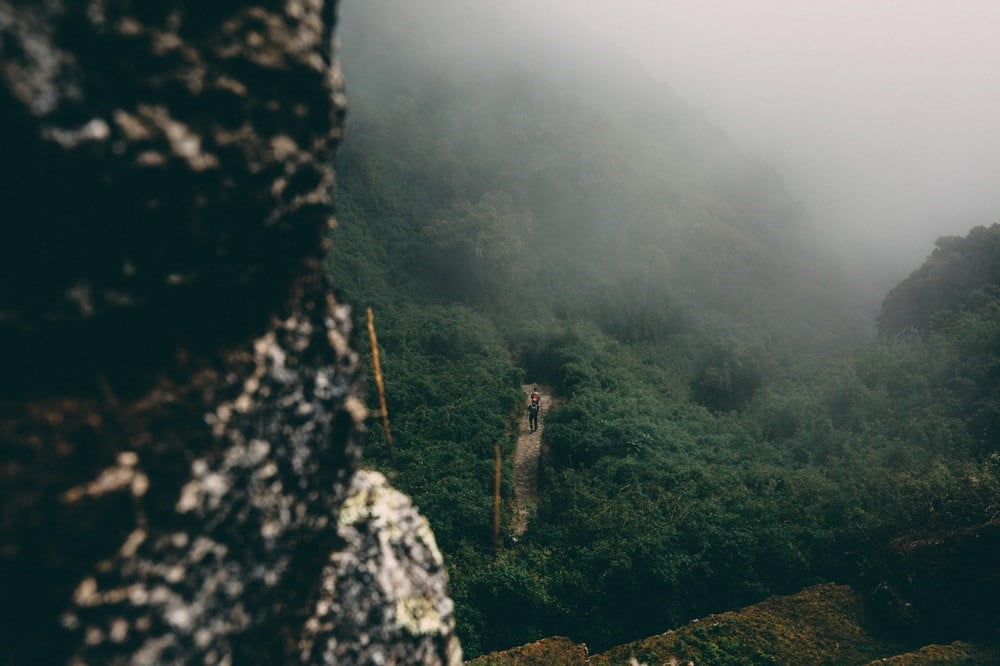Are you considering hiking the Inca Trail in November? This iconic trail, nestled amidst the breathtaking landscapes of Peru, offers an unforgettable adventure for outdoor enthusiasts. However, before you embark on this journey, it’s important to weigh the pros and cons of hiking during this particular month. In this blog post, we’ll delve into the details of hiking the Inca Trail in November, providing you with the necessary information to make an informed decision.
Things to Know
Before setting foot on the Inca Trail in November, it’s crucial to be aware of some key details. Here are a few important factors to consider:
- Permit requirements: Like other months, hiking the Inca Trail in November requires obtaining permits in advance. It’s advisable to secure your permits well ahead of time, as they can sell out quickly.
- Limited availability: November falls within the shoulder season, meaning there may be fewer hikers compared to the peak season. However, it’s still important to book your trek early to ensure availability.
- Altitude acclimatization: The Inca Trail reaches high altitudes, so it’s essential to acclimatize properly before beginning your trek. Spend a few days in Cusco or other high-altitude locations to adjust to the thin air.
- Physical fitness: The Inca Trail is a challenging hike that requires a reasonable level of physical fitness. Prepare yourself through regular exercise and cardio training beforehand.


Ready for an adventure? Book our tours Inca Trail 4 Days or Short Inca Trail 2 Days.
Why Hike Inca Trail in November (Pros)
Despite the potential challenges, hiking the Inca Trail in November offers several advantages. Here are some compelling reasons to consider this time of year for your trek:
- Less crowded: November falls outside the peak tourist season, meaning you’ll encounter fewer fellow hikers along the trail. This allows for a more serene and intimate experience, allowing you to immerse yourself fully in the natural beauty and ancient ruins.
- Lower permit demand: Compared to popular months like May or June, obtaining permits for the Inca Trail in November is generally more manageable. This can be especially beneficial if you’re planning a last-minute trip or have a flexible schedule.
- Unique weather patterns: November marks the transition from the dry season to the rainy season in the region. The landscape comes alive with vibrant colors, and occasional showers can create a mystical atmosphere, offering a different perspective of the trail’s beauty.
- Access to accommodations: With fewer hikers, finding accommodation along the trail and in nearby towns like Aguas Calientes is usually easier in November. This can provide more flexibility in planning your itinerary and give you the opportunity to experience local hospitality.
Why Not Hike Inca Trail in November (Cons)
While November offers many advantages for hiking the Inca Trail, it’s essential to be aware of the potential drawbacks. Here are a few challenges you might encounter:
- Weather conditions: November is characterized by transitional weather, meaning you may experience both dry and wet days. Be prepared for occasional rain showers and fluctuating temperatures during your hike.
- Trail conditions: The rainy season can result in muddy and slippery sections along the trail, making certain segments more challenging. It’s crucial to have appropriate footwear and trekking gear to ensure your safety and comfort.
- Landslide risks: Heavy rainfall increases the potential for landslides along the trail. It’s important to stay informed about current conditions and follow the guidance of experienced guides to mitigate risks.
- Limited daylight: As November brings shorter daylight hours, it’s important to plan your trek accordingly. Starting your hikes early in the morning can help ensure you have sufficient daylight to complete each day’s itinerary.
Weather
In November, the weather on the Inca Trail can be quite variable due to the transition from the dry season to the rainy season. It’s essential to be prepared for different weather conditions during your hike. Here’s what you can expect:
- Temperatures: In November, temperatures can range from mild to cool during the day and can drop significantly at night. It’s advisable to pack layers to adjust to the temperature fluctuations.
- Rainfall: November marks the beginning of the rainy season, so it’s important to be prepared for occasional showers. Pack waterproof gear, including a rain jacket, pants, and a cover for your backpack, to keep yourself and your belongings dry.
- Cloud cover: The cloud cover in November can create a mystical atmosphere along the trail, adding a touch of mystery to the ancient ruins you encounter. However, it can also obstruct panoramic views, so be prepared for moments of limited visibility.
- Sun protection: Even on cloudy days, the sun’s UV rays can still be strong at high altitudes. Don’t forget to pack and regularly apply sunscreen, wear a hat, and use sunglasses to protect yourself from sunburn and eye strain.
Recommendations
To make the most of your Inca Trail hike in November, here are some recommendations to consider:
- Plan ahead: As with any trek on the Inca Trail, proper planning is crucial. Research reputable tour operators, secure your permits in advance, and book accommodations early to ensure a smooth experience.
- Pack appropriately: Pack essentials such as sturdy hiking boots, moisture-wicking clothing, extra layers, a waterproof backpack cover, a headlamp, and a first aid kit. Also, don’t forget to bring insect repellent and trekking poles for added stability.
- Stay hydrated: Regardless of the weather, staying hydrated is vital when hiking at high altitudes. Carry a reusable water bottle and drink plenty of fluids throughout the trek. You can refill your bottle at designated water points along the trail.
- Follow safety guidelines: Listen to your experienced guides and follow their instructions regarding trail safety. Stay on designated paths, be cautious of slippery sections, and respect the rules and regulations to ensure a safe and enjoyable experience for yourself and others.
- Leave no trace: Help preserve the pristine beauty of the Inca Trail by practicing Leave No Trace principles. Dispose of waste responsibly, respect the flora and fauna, and avoid leaving any marks or traces of your presence along the trail.
November Events in Cusco
While hiking the Inca Trail in November, you’ll likely start and end your journey in Cusco. Take advantage of this opportunity to immerse yourself in the local culture and witness exciting events happening in the city. Here are a few notable events that take place in November:
- All Saints’ Day: On November 1st, Cusco commemorates All Saints’ Day, a significant religious holiday in Peru. The city’s cemeteries are adorned with flowers and candles, creating a serene and beautiful atmosphere.
- Artisan Markets: Cusco is known for its vibrant artisan markets, where you can find unique handmade crafts, textiles, and traditional Peruvian goods. Take some time to explore these markets and indulge in the local culture and craftsmanship.
- By considering these events, you can add an extra layer of cultural richness to your overall experience in Cusco while hiking the Inca Trail in November.
In conclusion, hiking the Inca Trail in November presents both advantages and challenges. While the weather may be unpredictable and the trail conditions can be more demanding, there are unique benefits to be enjoyed during this time. With fewer crowds, the opportunity for a more intimate experience, and the vibrant transition between the dry and rainy seasons, November offers a distinct perspective on the Inca Trail’s beauty.

I am Juan Carlos, the founder of AdventureInPeru, a local tour operator based in Cusco, Peru. With over 15 years of professional experience as a tour guide, I specialize in providing immersive and authentic travel experiences in the Machu Picchu and beyond. My deep knowledge of Inca history and culture, combined with a passion for sharing Peru’s rich heritage, ensures that every journey with AdventureInPeru is unforgettable.


